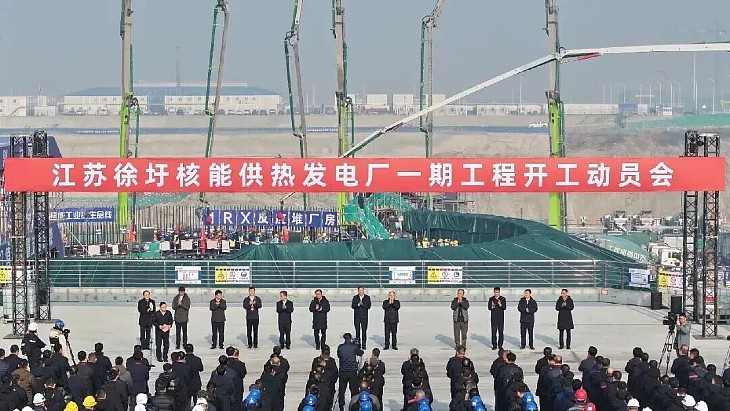The module was designed, built and tested to GLE's specifications at Silex's laser technology development centre in Lucas Heights, Australia. The rigorous programme of testing under plant-like operational conditions included an on-site independent review of the laser system module by a specialist US engineering contractor, which Silex said resulted in a positive assessment. System reliability was a particular focus of the testing. GLE is the exclusive worldwide licensee of the SILEX laser technology for uranium enrichment.
"This is a pivotal milestone for the SILEX uranium enrichment technology which demonstrates the ability of our laser systems to operate reliably at commercial scale for extended periods," Silex Managing Director and CEO Michael Goldsworthy said.
GLE CEO Stephen Long said: "We are pleased with the performance and capability of the laser system achieved by Silex and look forward to receiving the first module into our Test Loop, where it will be integrated with GLE technology to demonstrate separation performance at scale. We applaud the efforts of Silex's talented laser engineering team to design, develop, and deliver this unique, cutting-edge laser technology as GLE strives to commercialise laser-based uranium enrichment in the United States and expand US domestic nuclear fuel supply."
The test loop module is now being decommissioned and packaged for shipment to GLE's Test Loop Facility at Wilmington in North Carolina, where it is expected to be installed before the end of this year. Construction of additional identical laser system modules required for the commercial pilot demonstration project is under way, with all modules scheduled to be shipped to Wilmington by the end of 2023.
GLE said it plans to complete the commercial pilot demonstration project by the mid-2020s, after which it will assess the commercialisation timeline, adding that commercial operations could begin "as soon as 2027" depending on market demand and other factors. GLE's shareholders Silex and Cameco are assessing the timeline for the proposed Paducah Laser Enrichment Facility (PLEF), which will be deployed to produce natural-grade uranium hexafluoride (UF6) from enrichment of material from the US Department of Energy's depleted uranium tails inventories under a 2016 agreement.
As well as production of natural grade UF6 via tails processing, GLE also envisages further development of PLEF to use the technology to produce low-enriched uranium and so-called LEU+ from natural UF6 to supply fuel for existing reactors; and for the production of high-assay low-enriched uranium - or HALEU - for next-generation advanced small modular reactors.

.jpg)




_28178.jpg)
_66891.jpg)
_16128_62584.jpg)





